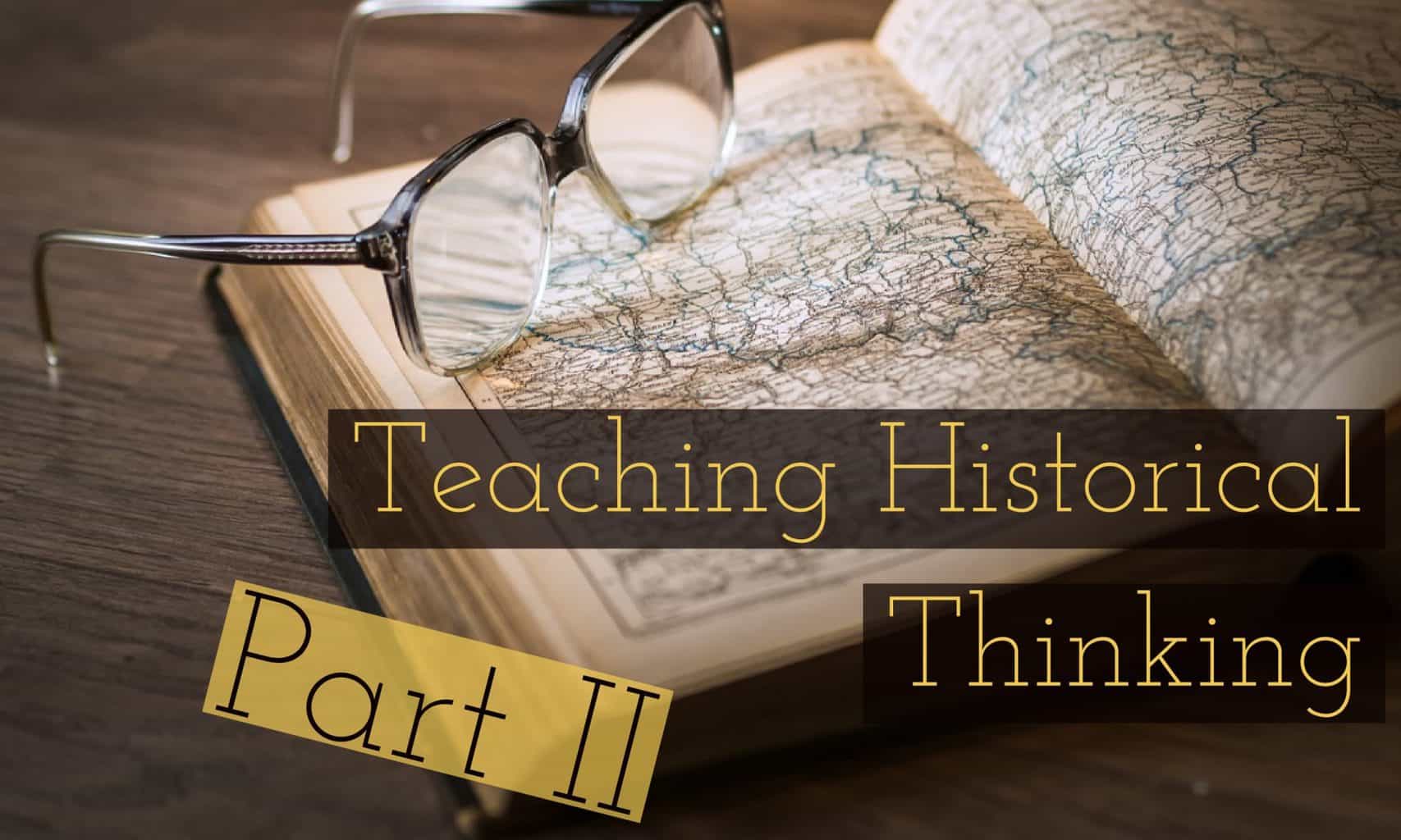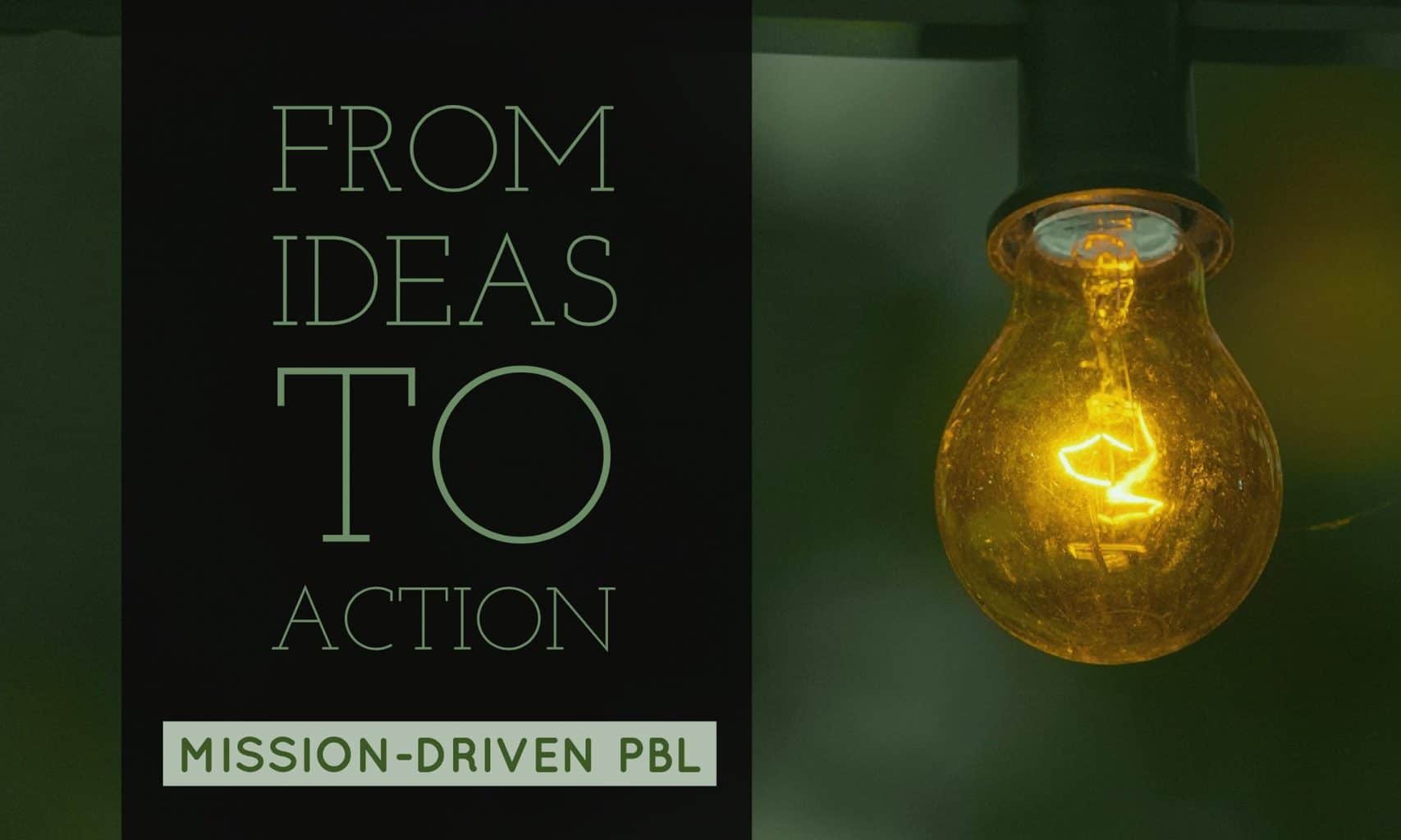Today we continue our study of historical thinking skills based on the work of Sam Wineburg and the Stanford History Education Group (SHEG). We will focus on three key skills – Sourcing, Contextualizing and Corroborating. See historical thinking chart (pdf at SHEG).
Students have designed lessons using one or more skills and will share them with the class. See assignment for more info.
See student SHEG inspired lessons here.
Peter will also lead the class in some exercises exploring “Close Reading” in using historical documents. Close Reading Hand Out
Assignment 7
Next week there will be no class on Oct 16th because of Fall break. Students will use the time to work on our Holocaust Memorial Project. You can follow our progress at our evolving website – Oregon Holocaust Memorial




